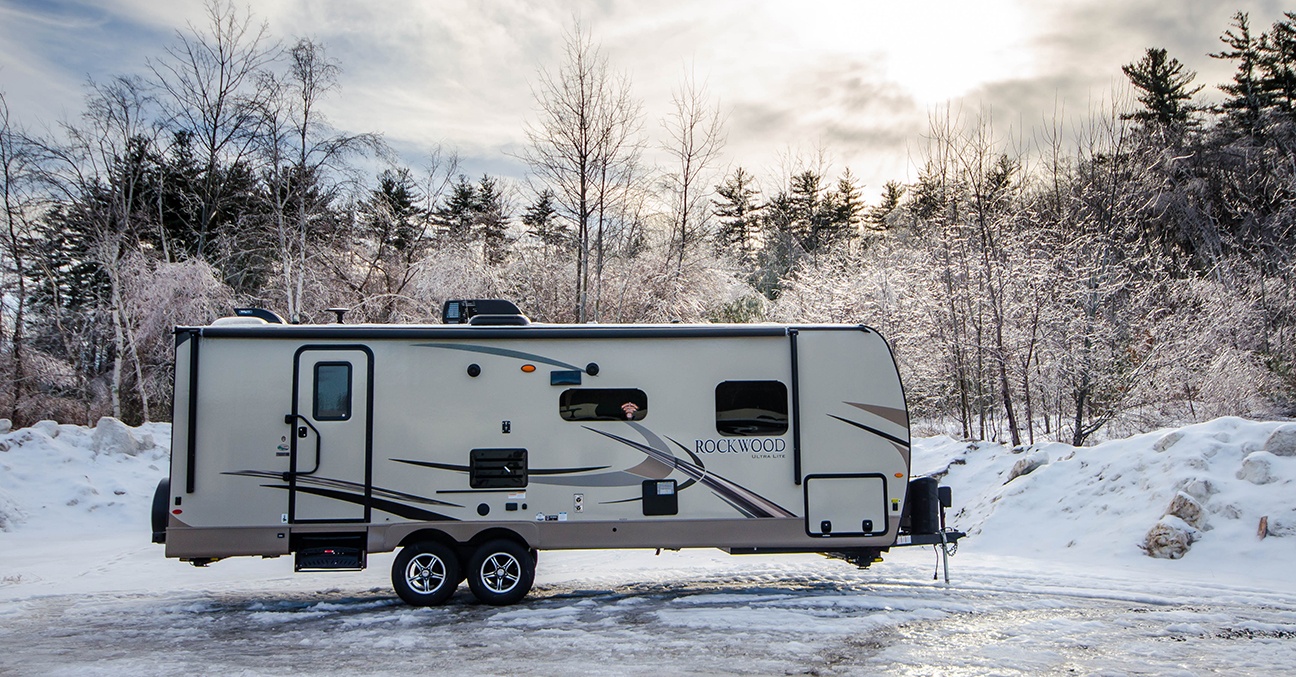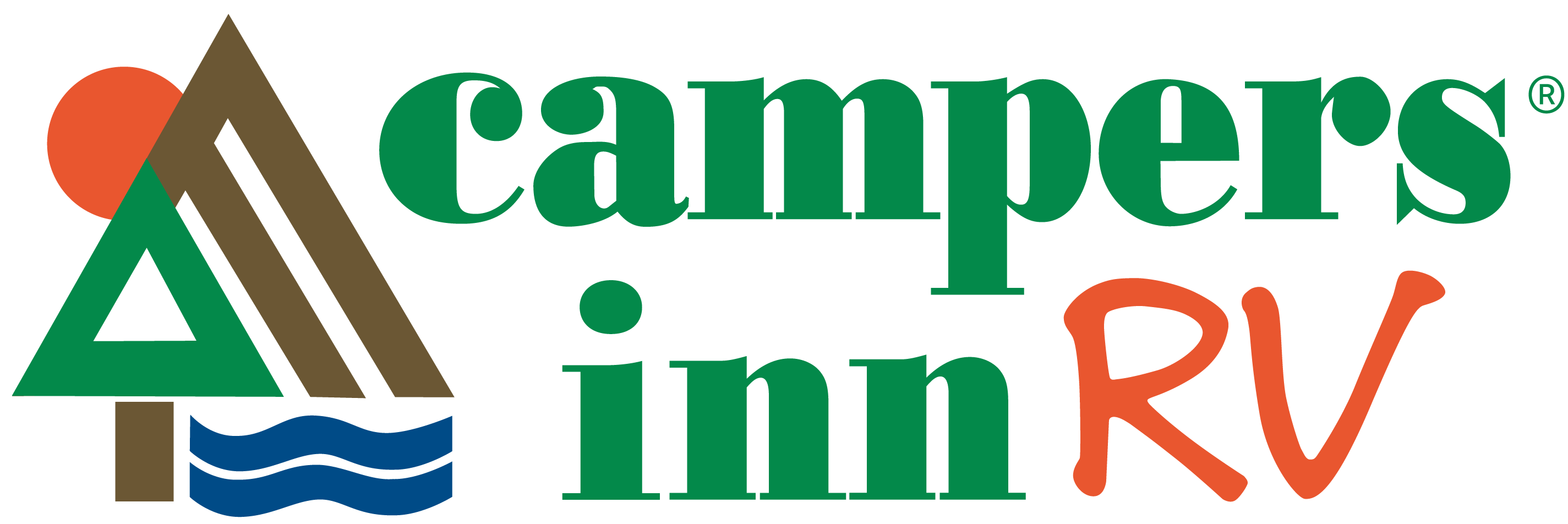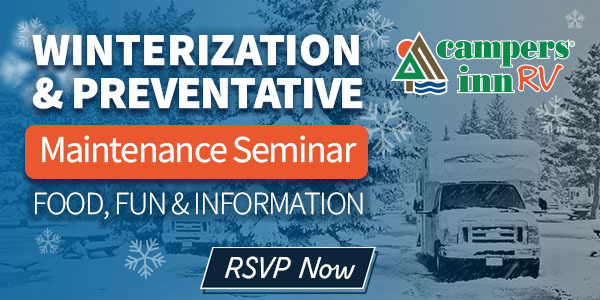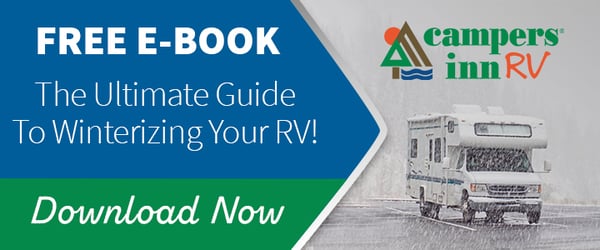

Unless you are a full time RVer who travels to warmer climates in the winter, when the camping season comes to an end, you know that you must winterize your RV to keep everything in good working order for the next season. Possibly the most important part of winterizing your RV is winterizing your water system. Below you will find a few steps to help in the process.
-
Empty (and flush as required) all gray and black waste tanks in the unit and close the dump valves.
-
Remove water hose or turn off the water pump and activate low point drains. Open water faucets to break the vacuum from water system. Remove all water filters and bypass.
-
Drain fresh water tank by removing the drain cap located outside or opening drain valve inside.
-
Relieve pressure from water heater and remove water heater drain plug. The drain plug may also be the anode rod, at this point check the condition of your anode rod and purchase a new one to install at a later date. Use caution as water may be hot if the water heater has been operational. (Suburban Water Heaters have an anode rod with 1 1/16 nut, Atwood Water Heaters have no anode rod, they use a plastic plug as not to damage the aluminum tank they are being threaded into, this requires a 7/8 socket).
-
Turn water heater bypass valve from the inline position as indicated in the diagram. Note, some systems may have up to three valves as part of the water heater bypass, one to block the cold water inlet, one to block the hot water outlet and one for the bypass. Set the valves as required so that water flow bypasses the hot water heater tank. The reason to bypass the water heater tank is to eliminate the need to fill it with 6-10 gallons of potable antifreeze.
-
Reinstall drain caps or close drain valves on low point drains, fresh water tank and water heater and also close all faucets.
-
Turn the pick-up valve at the fresh water pump from the in-line position to the bypass position as shown on the diagram and place the winterization tube in a container of potable antifreeze.
-
Find city water inlet on exterior of unit, connect antifreeze hand pump hose to city water entry and dip hand pump tube into antifreeze bottle and begin pumping antifreeze.
-
Turn on the water pump (or begin hand pumping). Starting at the water faucet closest to the pump, open each hot and cold faucet (one at a time) until pure potable antifreeze comes out and then close faucet. (Single lever faucets must be done on both hot and cold). Repeat for all faucets including; galley, bathroom sink, toilet, interior shower and exterior shower. We recommend removing the shower head so the antifreeze does not have a chance to sit and gum up. Reattach the shower head in the spring. (Washing machines and refrigerators follow manufacturers recommended steps).
-
Pour potable antifreeze into all p-traps until you can see a level line of potable antifreeze in the trap. This step may not be necessary if sufficient potable antifreeze filled the traps when running the faucets.
-
The most often forgotten step is to winterize the city water entry. Do this by turning off the water pump, then open a water faucet to relieve pressure from the system, remove screen from city water entry and depress the spring loaded check valve gently until antifreeze displaces the remaining water from the water entry line. (not required when using hand pump at city water entry).
-
When you plan to use the RV next time, connect an outside water source to the unit. Purge the potable antifreeze from the lines by running water through each faucet and toilet until fresh water appears. At this point you can also add a product called Spring Fresh or Sparkle Clean to the system, this product helps remove the antifreeze residue from the water lines.
After you winterize your RV's water system it is time to move on to preparing the interior and exterior for the off season. If you're winterizing your RV yourself, make your shopping list with the essential RV winterization shopping list and 11 products you will need.






